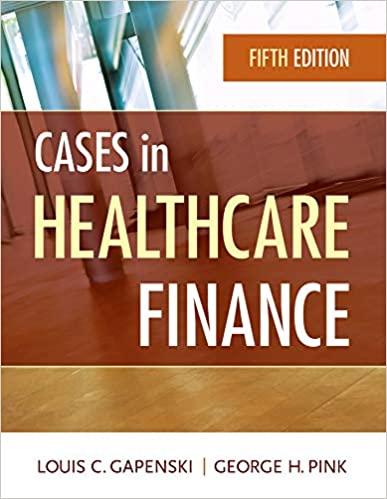Answered step by step
Verified Expert Solution
Question
1 Approved Answer
Please use the excel tamplate to complete, show calculation formula step by step and show solution. Site Acquisition Costs Construction Costs = Total Expected Development
Please use the excel tamplate to complete, show calculation formula step by step and show solution. Site Acquisition Costs
Construction Costs
Total Expected Development Costs
Loan to Value Ratio
Permanent Mortgage
Annualized Mortgage Constant
Cash Required for Debt Service
Lender DSCR
Property NOI
Estimated Operating Expenses
Required Effective Gross Income
I
Occupancy Rate
Required Gross Revenue
I
Leaseable Square Feet
Rent Required Per Square Foot
Q: Is this average rent required per square foot achievable?
II SIMPLE FINANCIAL FEASIBILITY ANALYSIS DETERMINE COSTS
Leaseable Square Feet
Expected Rent Per Square Foot
Potential Projected Gross Income
Vacancy Allowance
Expected Effective Gross Income
Projected Operating Expenses
Expected Property NOI
I
DSCR
Annual Debt Service
I
Months in Year
Monthly Payment
Compute Supportable Mortgage Pmt n i
Maximum Loan to Value Ratio
Maximum Supportable Total Development Costs
Q: Can the project be built for this amount which includes all costs?
Maximum Supportable Total Development Costs
less
Expected Construction Costs other than site
Maximum Supportable Site Acquisition Cost
Q: Can the site be acquired for this or something less?The investordeveloper would not be comfortable with a percent return on cost because the margin for error is too risky. If construction costs are higher or rents are lower than anticipated, the project may not be feasible.
Based on the fact that the project appears to have square feet of surface area in excess of zoning requirements, the developer could make an argument to the planning department for an additional units, units in total, or units per acre. How would this affect financial feasibility? What could be included in such an argument? Why would a public regulatory institution be interested in increasing density to units per acre? Why not?
Instead of a suppose the developer could build a unit luxury apartment complex with a cost of $ per unit. What would such a project have to rent for per square foot to make an percent return on total cost? What risk factors would the developer have to consider?

Step by Step Solution
There are 3 Steps involved in it
Step: 1

Get Instant Access to Expert-Tailored Solutions
See step-by-step solutions with expert insights and AI powered tools for academic success
Step: 2

Step: 3

Ace Your Homework with AI
Get the answers you need in no time with our AI-driven, step-by-step assistance
Get Started


